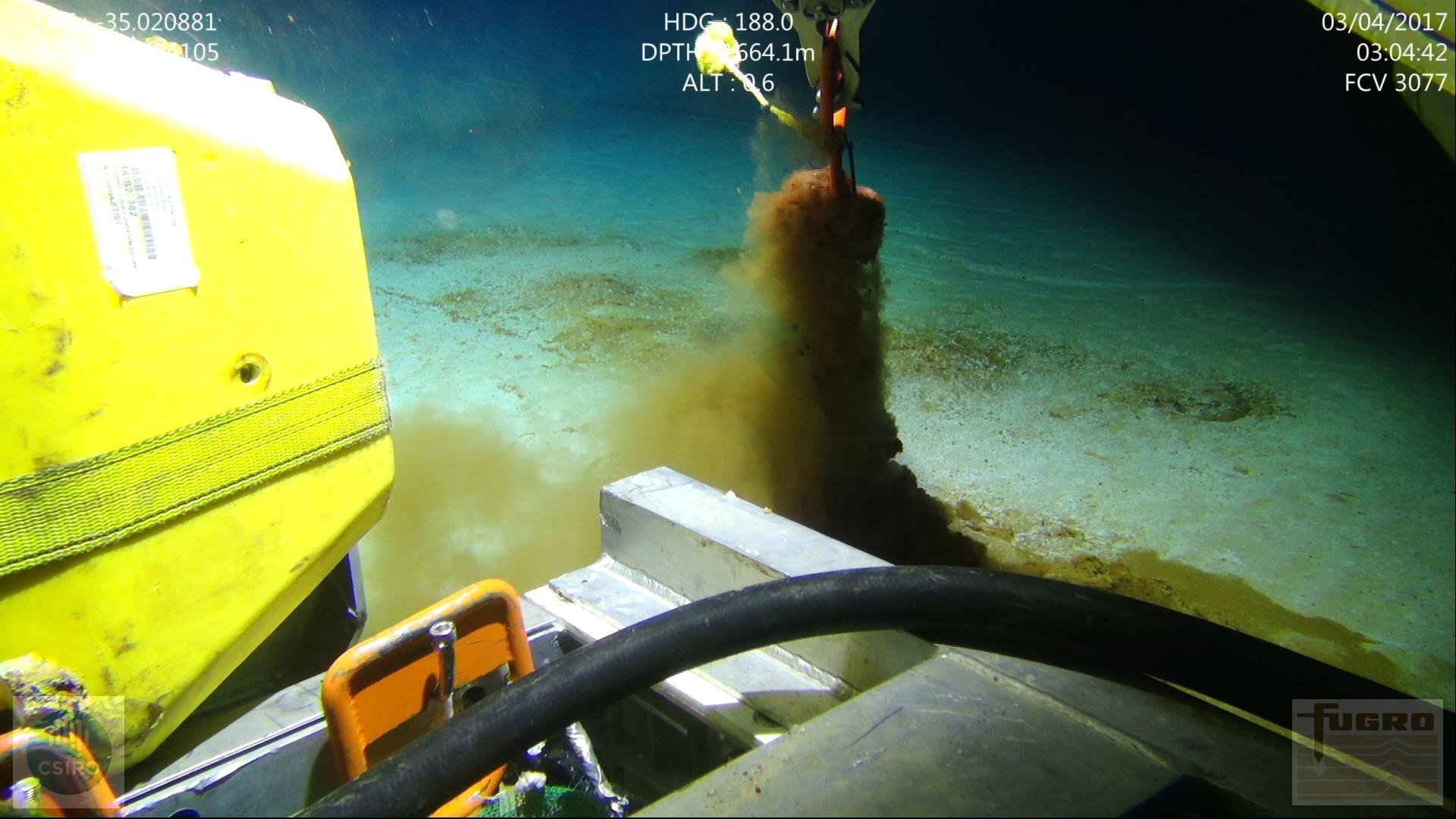Recent findings from CSIRO, Australia's leading science agency, and the University of Toronto reveal that approximately 11 million tons of plastic waste is currently accumulated on the ocean bed.
 Scientists used data from ROVs and trawlers to estimate how much plastic pollution is on the ocean floor. Image Credit: CSIRO
Scientists used data from ROVs and trawlers to estimate how much plastic pollution is on the ocean floor. Image Credit: CSIRO
Every minute, an equivalent amount of plastic to that of a garbage truck is introduced into the ocean. As plastic usage is anticipated to double by 2040, comprehending its trajectory and destination becomes imperative for safeguarding marine ecosystems and wildlife.
Dr. Denise Hardesty, Senior Research Scientist at CSIRO, emphasized that this represents the initial assessment of the quantity of plastic waste settling on the ocean floor. Over time, this accumulation fragments into smaller particles and integrates into ocean sediment.
We know that millions of tons of plastic waste enter our oceans every year but what we didn’t know is how much of this pollution ends up on our ocean floor. We discovered that the ocean floor has become a resting place, or reservoir, for most plastic pollution, with between 3 to 11 million tons of plastic estimated to be sinking to the ocean floor. While there has been a previous estimate of microplastics on the seafloor, this research looks at larger items, from nets and cups to plastic bags and everything in between.
Dr. Denise Hardesty, Senior Research Scientist, CSIRO
Ms. Alice Zhu, a PhD Candidate at the University of Toronto who spearheaded the research, noted that the estimation of plastic pollution on the ocean floor might surpass the amount of plastic floating on the ocean's surface by up to 100-fold.
The ocean surface is a temporary resting place of plastic so it is expected that if we can stop plastic entering our oceans, the amount would be reduced. However, our research found that plastic will continue to end up in the deep ocean, which becomes a permanent resting place or sink for marine plastic pollution.
Ms. Alice Zhu, PhD Candidate, University of Toronto
Scientific data was utilized to construct two predictive models for estimating the quantity and dispersion of plastic on the ocean floor. One model relied on data gathered from remotely operated vehicles (ROVs), while the other was based on data obtained from bottom trawls.
Using ROV data, the amount of plastic pollution on the ocean floor ranges from 3 to 11 million metric tons. Furthermore, the results from ROV surveys indicate that plastic mass tends to cluster around continents, with approximately 46% of the predicted plastic mass on the global ocean floor located above a depth of 200 m. The remaining 54% of the predicted plastic mass is distributed in ocean depths ranging from 200 m to as deep as 11,000 m.
Despite inland and coastal seas covering a significantly smaller surface area than oceans (11% versus 56% of the Earth's total area), predictions suggest that these regions could harbor as much plastic mass as the entirety of the ocean floor.
These findings help to fill a longstanding knowledge gap on the behavior of plastic in the marine environment. Understanding the driving forces behind the transport and accumulation of plastic in the deep ocean will help to inform source reduction and environmental remediation efforts, thereby reducing the risks that plastic pollution may pose to marine life.
Ms. Alice Zhu, PhD Candidate, University of Toronto
Journal Reference:
Zhu, X., et al. (2024). Plastics in the deep sea – A global estimate of the ocean floor reservoir. Deep Sea Research Part I: Oceanographic Research Papers. doi.org/10.1016/j.dsr.2024.104266.